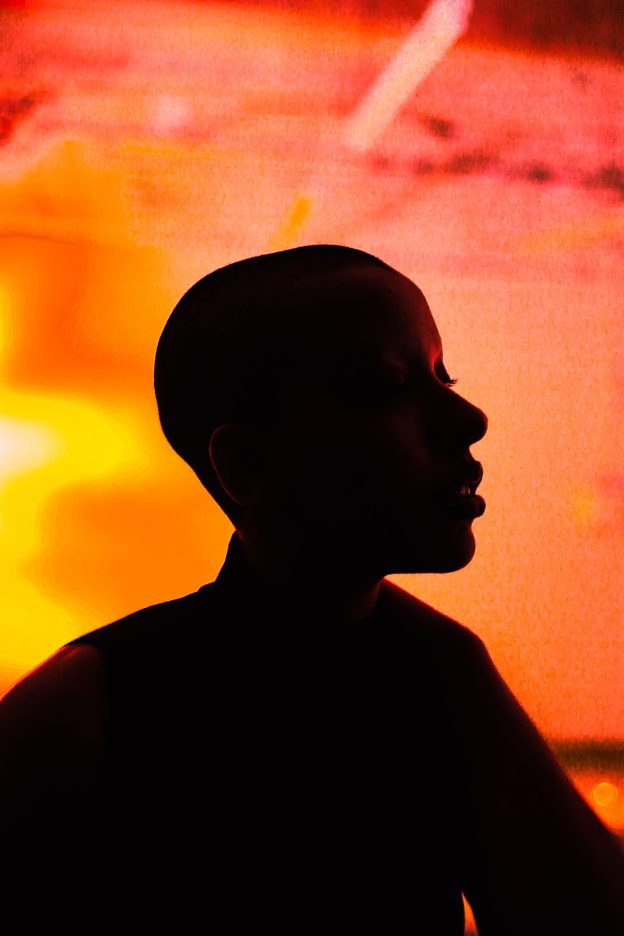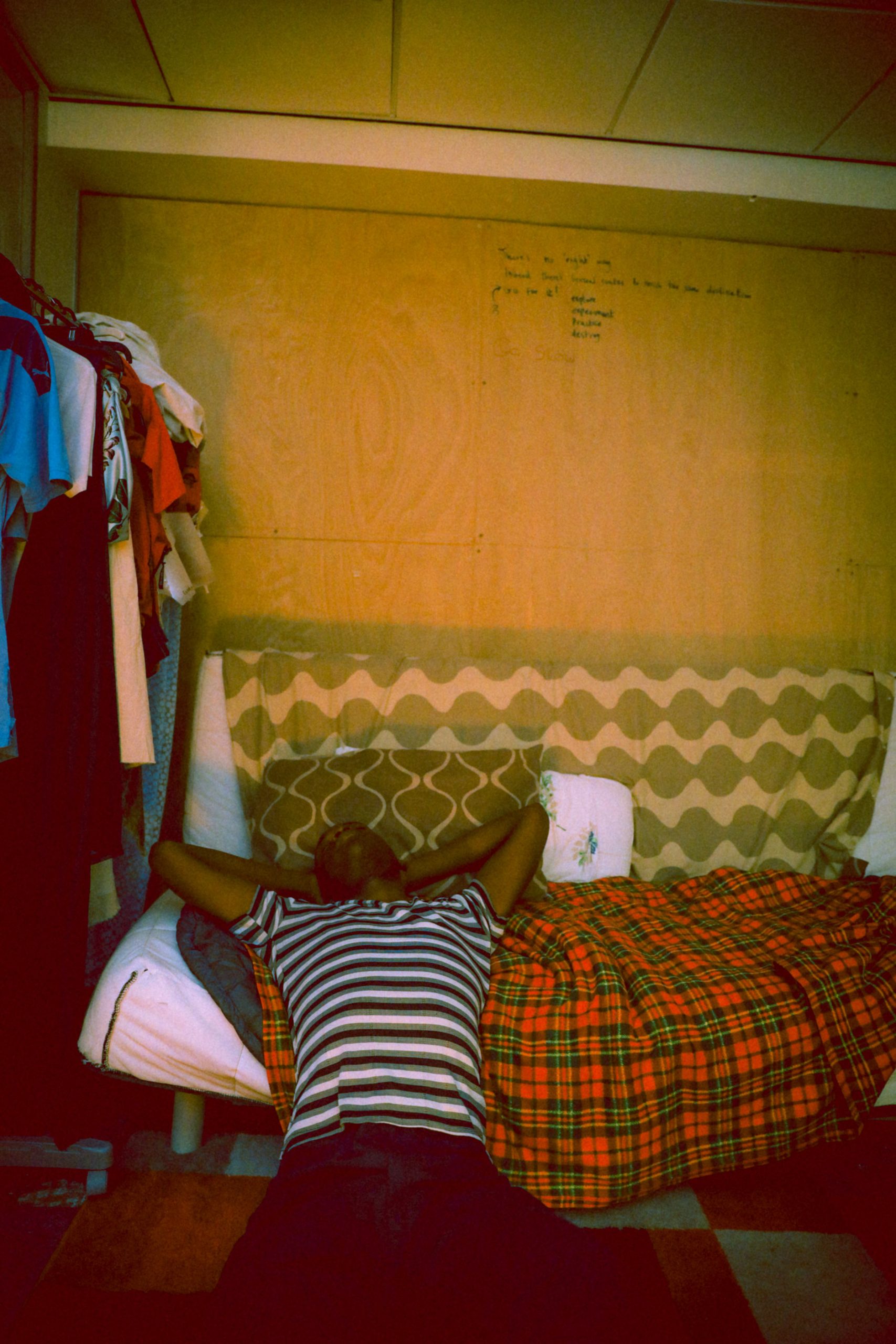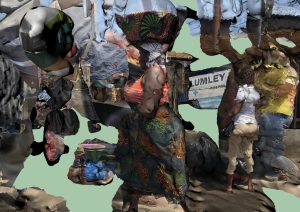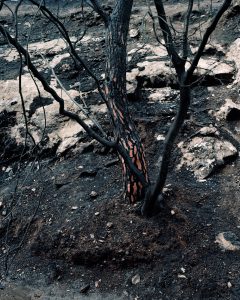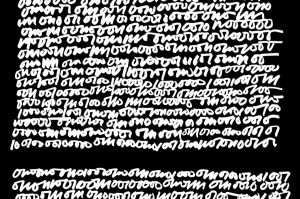with portrait photography by
BET BETTENCOURT
The months leading up to the release of Issue 011: SLEEP have been a time when the Stillpoint Magazine editors and contributors self-consciously inhabited the notion of sleep, whether in study, discussion, curation, or in daily life. As we’ve examined sleep’s various expressions, we’ve been beset by the concept’s contradictions. As a concept, sleep, taken offhand, appears a mundanity. But when subjected to the difficult care of analysis, we have found the nature of sleep emerges first as a site of polarity: on the one hand, of possibility, (re)creation, and commonality, and on the other hand, of defeat, avoidance, and isolation. Sitting with such ambivalence, it becomes difficult to draw a unifying thread, difficult to distill a singular maxim of use.
But through this contradiction, this antinomy, inhabiting the concept sleep allows for the emergence of a useful third, a new potential. One of the primary issues we face as we work to hold space for the visioning of other possible worlds is concern for our disciplines, our commitments, and our values. And yes, it’s true we’re committed to the esoteric discipline of psychoanalysis, since it can be a discipline of particular use in late capitalism—if collected with other values—including, we trust, for those who’ve historically been barred access to its clinical or theoretical expressions.
Although there was a certain degree of contingency to the centrality of psychoanalysis in the origins of Stillpoint Magazine, this disciplinary commitment has been brought forward vividly in its contemporary relevance by the concept sleep. After all, in psychoanalysis, the most unwieldy and untamed elements of sleep—dreams—are cared for and considered in all their wildness, darkness, and potential. Holding space for the dreams needed to make other worlds isn’t exclusive to psychoanalysis; it finds contemporary expression in Black and Indigenous futurisms, in movements toward pleasure and rest as action, in the unfettered moment of creative inspiration.
What, then, of sleep as avoidance, as blindness, as mindless retreat?
In our consideration of sleep, these negative, metaphoric expressions initially appeared to be political: the wash of sleep experienced in the thrall of white nationalist fervor, or in the thrall of consumptive or productive labor’s rush—the incessant push to produce, to consume, to perfect—or in the numbing intoxication of conspiratorial explanations that offer the false promise of meaning-making in a world that has metastasized beyond cognitive reach.
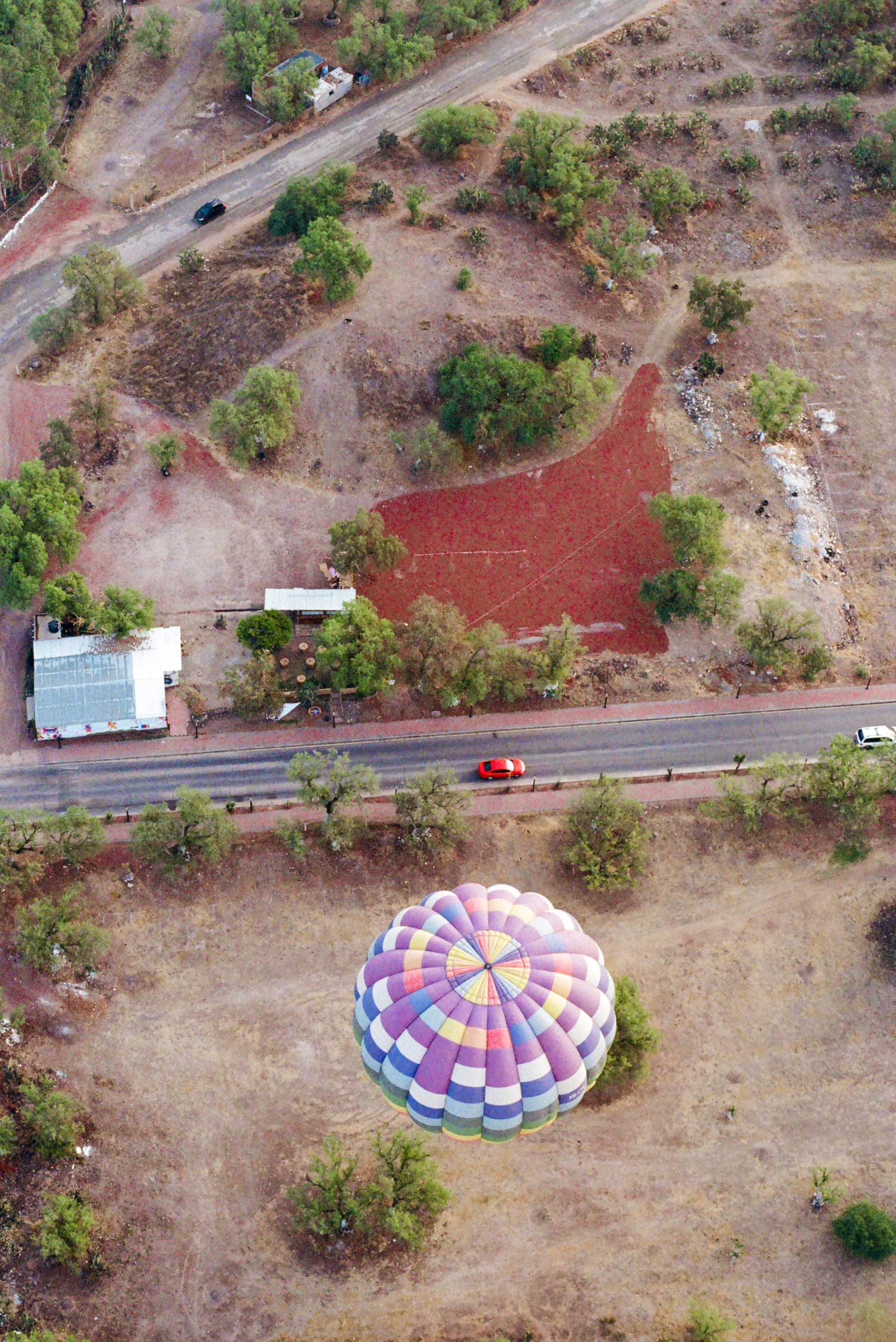
But daily in our Stillpoint community, we’ve encountered another kind of sleep too, sleep as the subject’s defiant refusal of the Other’s endless demands: sleep as direct refusal to produce, to consume, to perfect. At first, that sounds pretty good: to reject the dictates of an extractive global system by refusing in sweet surrender to the bliss of fullest rest. But in various ways and with varying degrees of frustration or guilt, we’ve discovered how this rest-as-refusal can obviate the kinds of use that shared rest can offer, for example, as Rashida Taylor gestures to in this issue’s fashion editorial, “Remedy.”
Through the building of Issue 011, then, when it comes to sleep, we rest our gaze on the crucial third element that differentiates refusal and remedy. It may be that precious kernel of the dream—the dream as the imagination’s withheld wellspring, and the dream as that wellspring reimagined, expressed, and shared, from one voice to another.
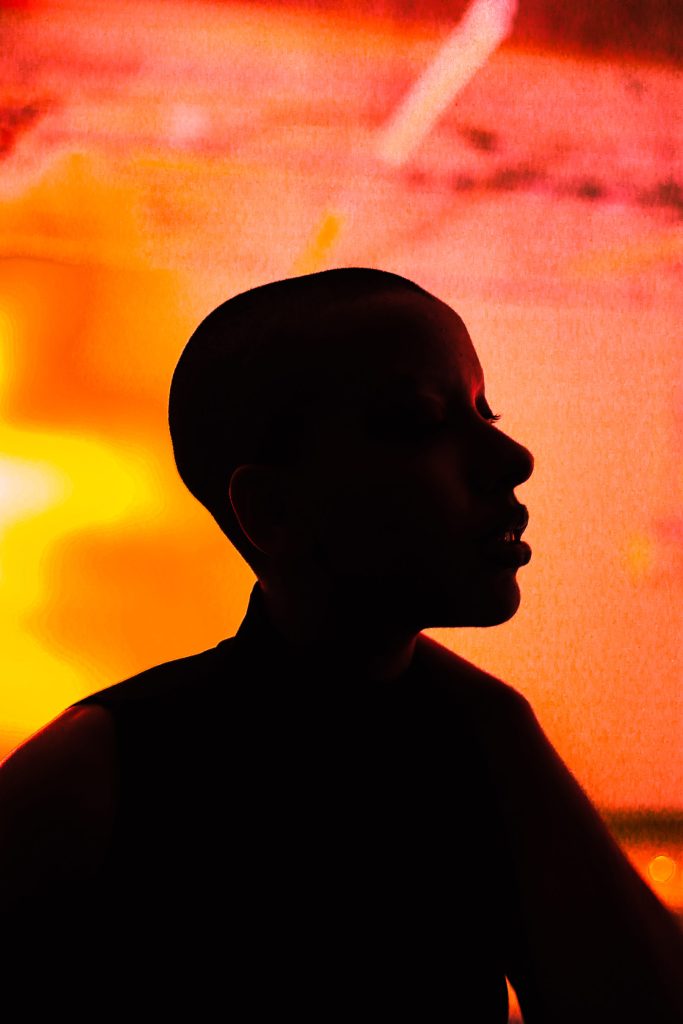
untitled
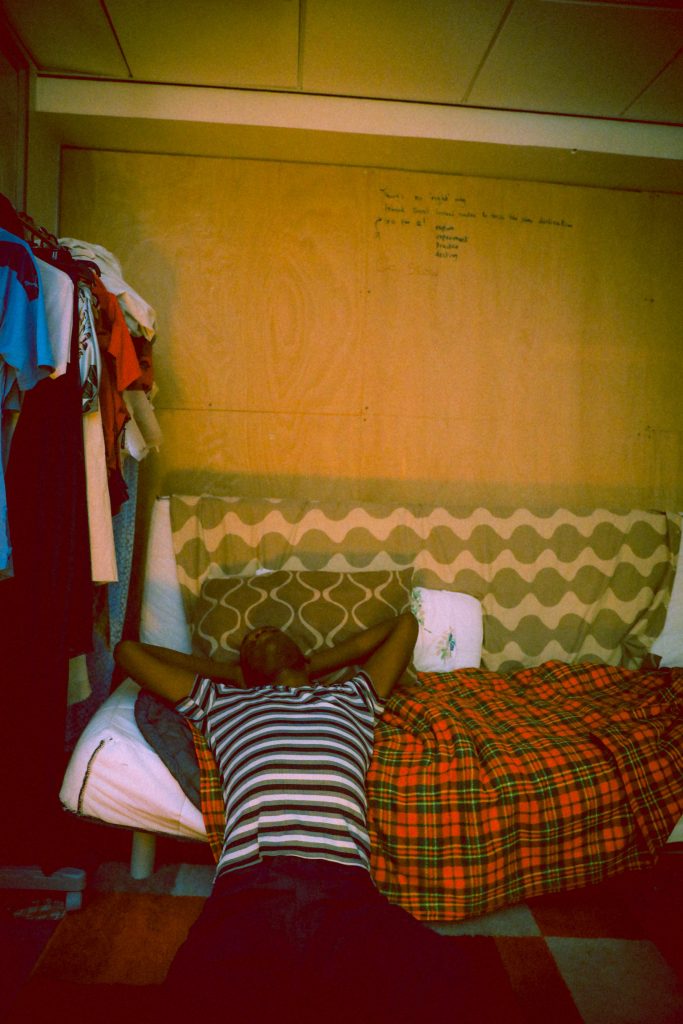
a short respite from work
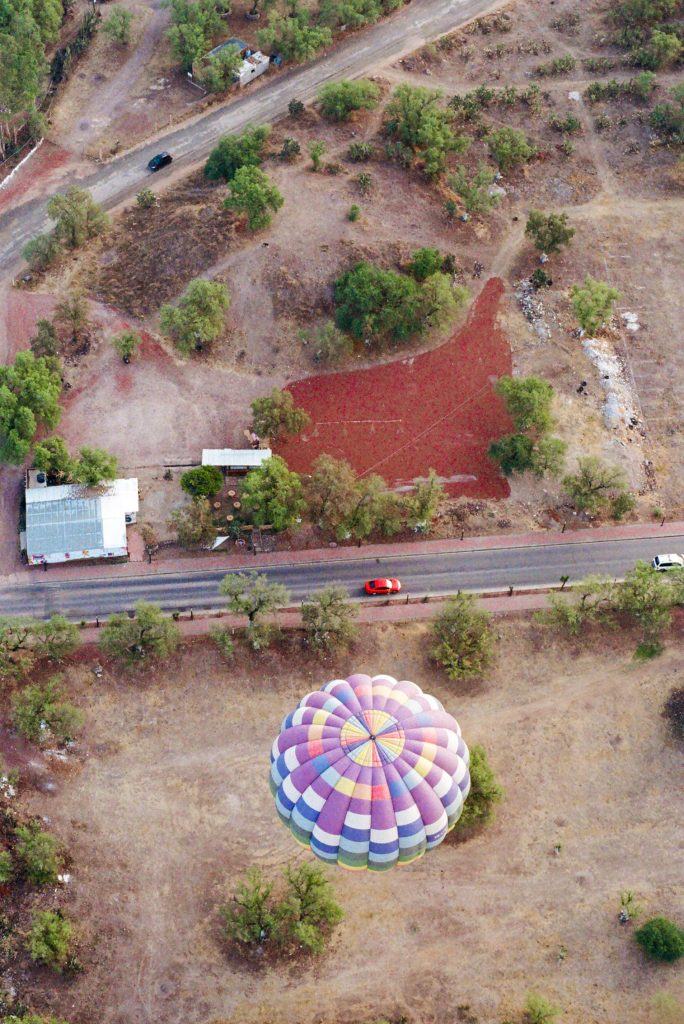
if you don’t blink, you might miss it
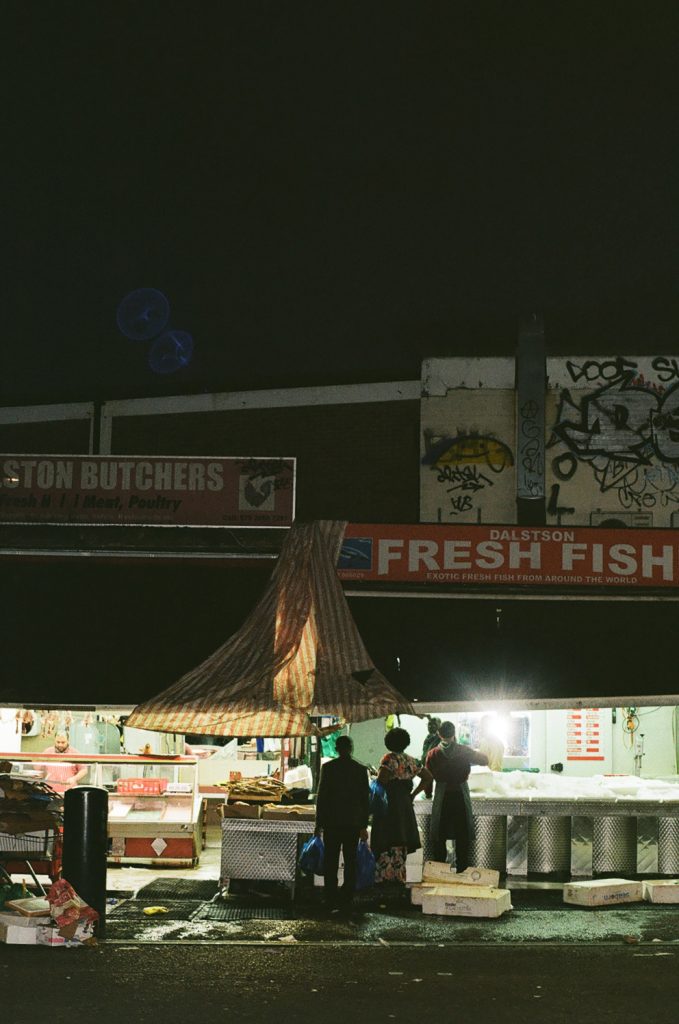
the work that happens in the night
ANNE MARIE WIRTH CAUCHON editor
Anne Marie Wirth Cauchon, PhD. is co-founder and Editor-in-Chief of Stillpoint Magazine, Creative Director of PrairieCare Institute’s Center for Applied Psychoanalysis, the mother of two, holds a PhD in English and Comparative Literature from the University of Minnesota, and is the author of the novel Nothing.
BET BETTENCOURT artist
Bet Bettencourt is a photographer born and raised in East London. Her thing is archiving the world around her, with a focus on music, documentation of her hometown, and a steady commitment to alternative portrait photography. Credits include The Face, The Guardian, and artists such as Tems, Sampha, NAO, and many more.
© Copyright for all texts published in Stillpoint Magazine are held by the authors thereof, and for all visual artworks by the visual artists thereof, effective from the year of publication. Stillpoint Magazine holds copyright to all additional images, branding, design and supplementary texts across stillpointmag.org as well as in additional social media profiles, digital platforms and print materials. All rights reserved.
